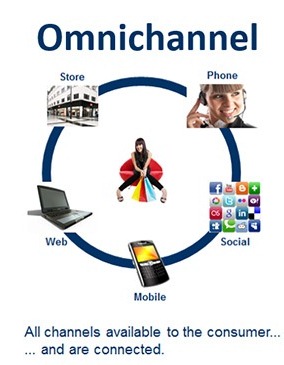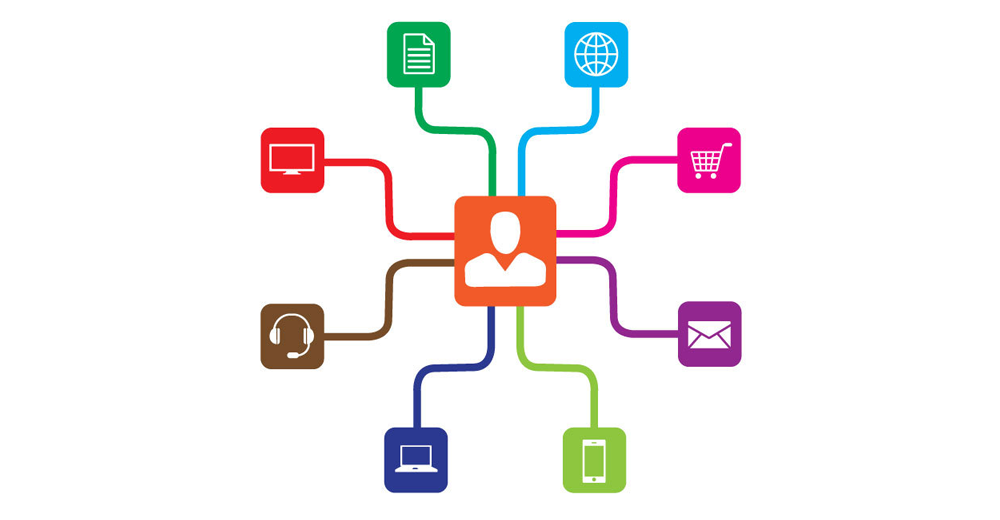“Omnichannel” has gone beyond a buzzword and is well on its way to becoming a reality. Every company now has dozens of touchpoints to engage and stay connected with their customers and prospects. In a way, Omnichannel has become a must-have for businesses today.
However, Omnichannel continues to be a misunderstood term. Perhaps a better term for what brands are doing today is to say they are “multichannel”. Did I hear a ‘tomayto tomahto’? Isn’t it just one jargon versus another? I define Omnichannel as a presence across channels where each and every channel is treating the relationship and engagement with customers in a consistent way.

And this consistency needs to be shown in terms of all of the following:
a. Uniqueness at a user level: This means recognizing each individual in every digital channel such as email, programmatic, onsite notification, etc.
b. Uniformity of messaging: This means ensuring that across channels, there is one message at a time around which any user is engaged at a given point in time.
c. Avoiding overexposure: Enterprises need to be careful to not overexpose or spam the user all the time with the same offers and messages. Keeping the experience fresh is critical to ensure users stay connected with the brand in a positive way.
d. Factor response across channels: This means the ability to recognize a user’s response in one channel and altering the experience immediately across all channels.

So what are the challenges in moving from “multichannel” to “Omnichannel”?
The first and most important one is an organizational one. Organizations are not structured around users – but around channels. This means that the channels are naturally silo-ed and each silo operates with its own agenda and metrics.
The second one, though daunting, is actually smaller compared to the first. This relates to having the right technical stack in place that enables Omnichannel execution. And the right tech stack needs to have the components that address (a) to (d) above.
At a high level, these are:
1. “Universal Id” that maps the user across various martech and adtech channels. And in the process addresses related areas like cross-device targeting.
2. Template-driven personalization that enables personalization at scale (think millions of 1-1 messages than a set of segments)
3. Real-time systems that have an easy and instant flow of data across channels and that are also routed through the universal Id.
4. Finally, the ability to centrally orchestrate messaging to a single user – where one hub decides all aspects – the right channel, right time, and the right message.
Conclusion
The marketing technology landscape is shifting rapidly to a point where Omnichannel becomes more and more possible. What’s not certain is whether marketing organizations would be able to restructure fast enough to get there.
As companies and organizations design for the larger user experience, it’s important to consider consistency across all channels. Consistent experiences create trust in the organization. Each interaction is part of the overall user experience with a company. The bottom line is that delivering a seamless, high-quality customer experience—one that results in higher sales, consistent engagement and increased loyalty—requires companies to develop and integrate scores of strategic and operational insights, assets and capabilities end-to-end.
Likewise, drawing upon our industry, marketing, analytics, and technology expertise, we offer end-to-end services that help companies transform their Omnichannel commerce capabilities and with them the customer experience delivered.
By Subra Krishnan | CEO at Lemnisk

Leave a Reply